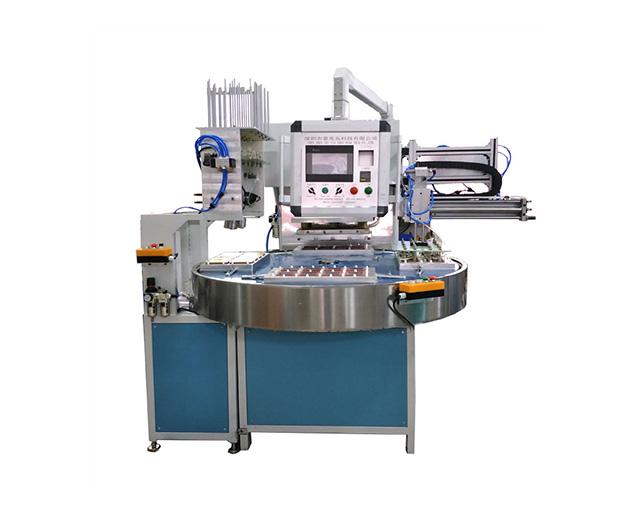Time:2025-08-06 Views:1 source:News

Embossing machine production efficiency refers to the rate at which these machines can process materials—such as paper, fabric, leather, or metal—while maintaining consistent quality in the embossed patterns. This metric is critical for manufacturers, as it directly impacts production costs, lead times, and overall profitability. Several key factors influence efficiency, including machine speed, material handling, pattern complexity, and downtime.
Machine speed is a primary driver of efficiency, typically measured in meters per minute (m/min) or sheets per hour, depending on whether the machine processes rolls or individual sheets. Modern embossing machines can achieve speeds ranging from 50 m/min for delicate materials like tissue paper to over 300 m/min for robust materials like cardboard. However, speed must be balanced with pattern complexity: intricate designs with fine details require slower speeds to ensure the embossing rollers make full contact with the material, preventing incomplete or distorted patterns. For example, a machine embossing a simple geometric pattern on fabric might run at 150 m/min, while one creating a detailed floral motif on leather could slow to 80 m/min to maintain precision.
Material handling systems also play a crucial role. Automated feeding mechanisms, such as vacuum conveyors or roller feeds, ensure a steady flow of material into the machine, reducing jams and misalignment—common causes of downtime. For roll-fed materials, tension control systems prevent stretching or wrinkling, which can disrupt the embossing process and require manual adjustments. In contrast, sheet-fed machines rely on precise alignment guides to position each sheet uniformly, minimizing waste from misprinted or off-center embossing.
Downtime is another critical factor, encompassing setup time, maintenance, and repairs. Quick-change roller systems allow operators to swap out embossing dies in minutes rather than hours, significantly reducing setup time when switching between patterns. Preventive maintenance—such as lubricating rollers, inspecting bearings, and cleaning debris—also minimizes unplanned downtime. For instance, a well-maintained machine might experience 90% uptime, while one with poor maintenance could drop to 70%, cutting overall production efficiency by 20%.
Energy efficiency indirectly impacts production efficiency by reducing operational costs and enabling longer run times without overheating. Modern embossing machines often feature variable frequency drives (VFDs) that adjust motor speed based on material type, reducing energy consumption during slower runs. Additionally, heat recovery systems in hot embossing machines (used for materials like plastic) recycle excess thermal energy, lowering energy costs and allowing continuous operation without overheating.
Quality control measures, such as inline inspection cameras, ensure that defective products are identified and removed immediately, reducing waste and the need for reprocessing. For example, a camera system detecting a misaligned pattern can trigger an automatic alert, allowing operators to correct the issue before hundreds of defective pieces are produced.
embossing machine production efficiency is a balance of speed, material handling, downtime reduction, and quality control. Optimizing these factors allows manufacturers to maximize output, minimize costs, and meet tight production deadlines across diverse industries.
Read recommendations:
Tabletop Manual Turntable Welding Machine
Left and right slide table high frequency welding and cutting machine
Complete control over products allows us to ensure our customers receive the best qualityprices and service. We take great pride in everything that we do in our factory.
